
Do you have tricky garden spots like narrow corners, slopes, or shady areas? Vertical solutions are your answer! Think wall planters, trellises, and hanging baskets to maximize growth in minimal space. Consider corner planters, slim sheds, or stackable pots for clever storage and added greenery. Remember to select plants suited for shade or hills. How can you transform these challenging spaces into flourishing gardens?
Convert narrow areas into lush retreats using stacked pots or shelves. Dealing with slopes? Implement terraced planters to prevent soil erosion. Have shade? Opt for low-maintenance ferns or moss. These ideas turn awkward spots into thriving gardens. Ready to revamp your yard? Start small and watch it flourish!
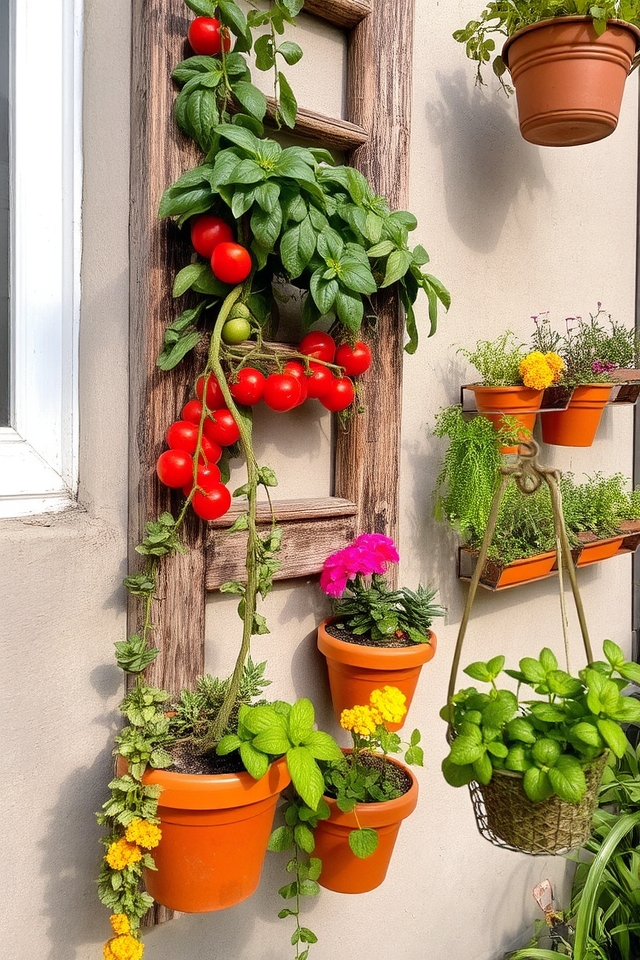
Vertical gardening uses walls, fences, and railings to maximize limited areas. Install wall planters, trellises, or hanging pots for herbs, vegetables, or decorative plants. Use recycled materials or modular systems for adaptability. This method conserves ground space, enhances visual appeal, and improves air quality. Ideal for balconies, corners, or tight spaces. Choose lightweight, drought-resistant plants for easy upkeep.
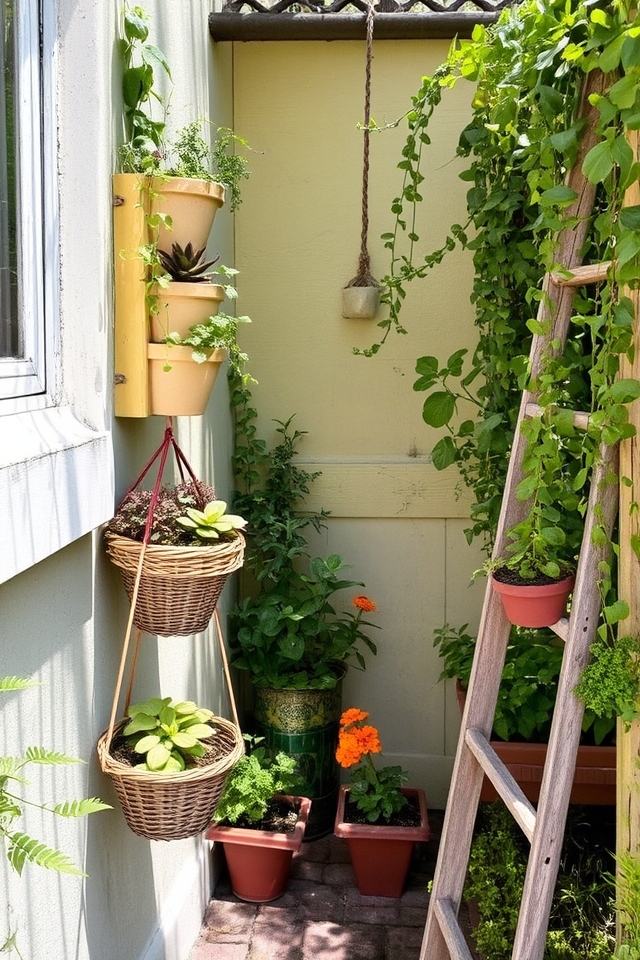
Niche space utilization creatively reuses small, often ignored garden areas. Vertical planters, wall-mounted gardens, and compact containers maximize limited space. Use corners, under-stair areas, or narrow paths with stackable planters or hanging baskets. Select dwarf varieties or climbing plants to make the most of vertical space. This approach transforms awkward zones into useful, green spaces, boosting visual interest and biodiversity.
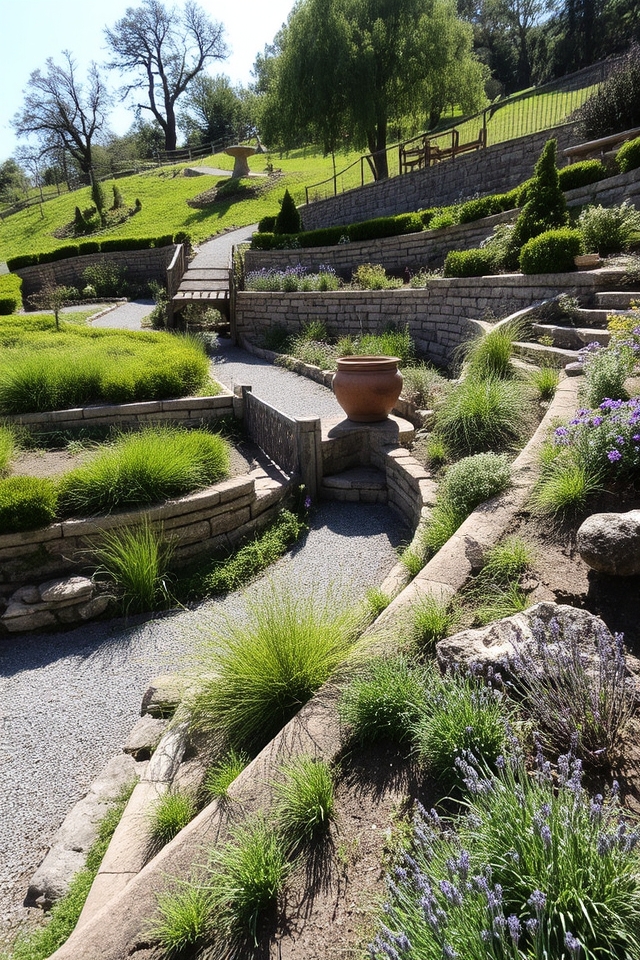
Sloped yards can become functional, attractive spaces with terracing, retaining walls, and thoughtful planting. Gradual levels reduce erosion while creating usable garden or seating areas. Native plants and groundcovers stabilize the soil, while steps or paths improve access. Slopes can also feature water elements or focal points, turning challenges into design opportunities. Proper drainage ensures lasting success.
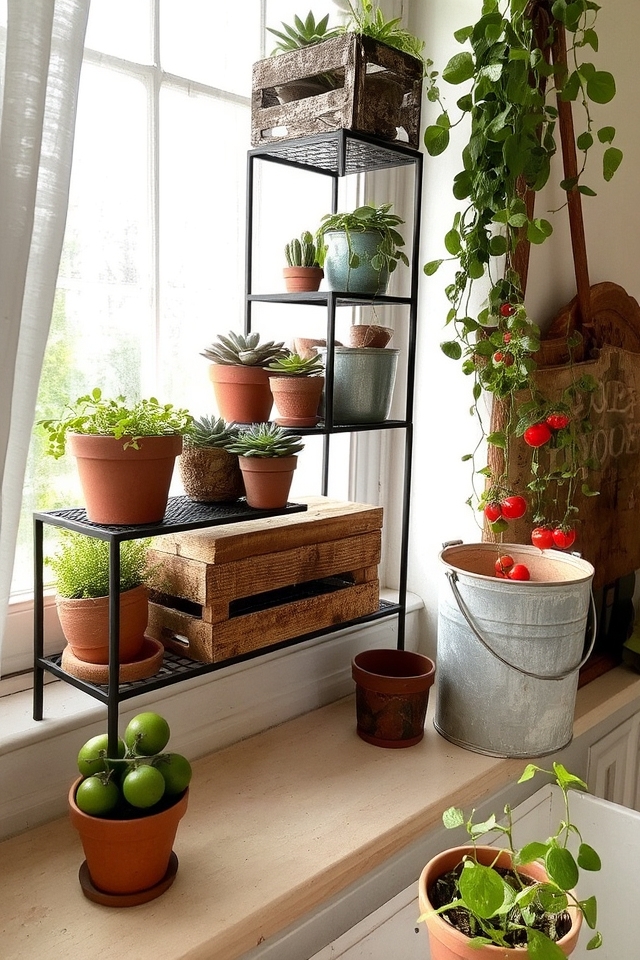
Container gardening turns small or odd spaces into vibrant areas. Use vertical space with hanging baskets, wall planters, or tiered stands. Choose lightweight pots, succulents, or compact vegetables. Repurpose items like buckets or pallets for unique designs. Ensure drainage and rotate containers for even light exposure. Mix textures and colors for visual appeal. Ideal for balconies, patios, or tight corners.
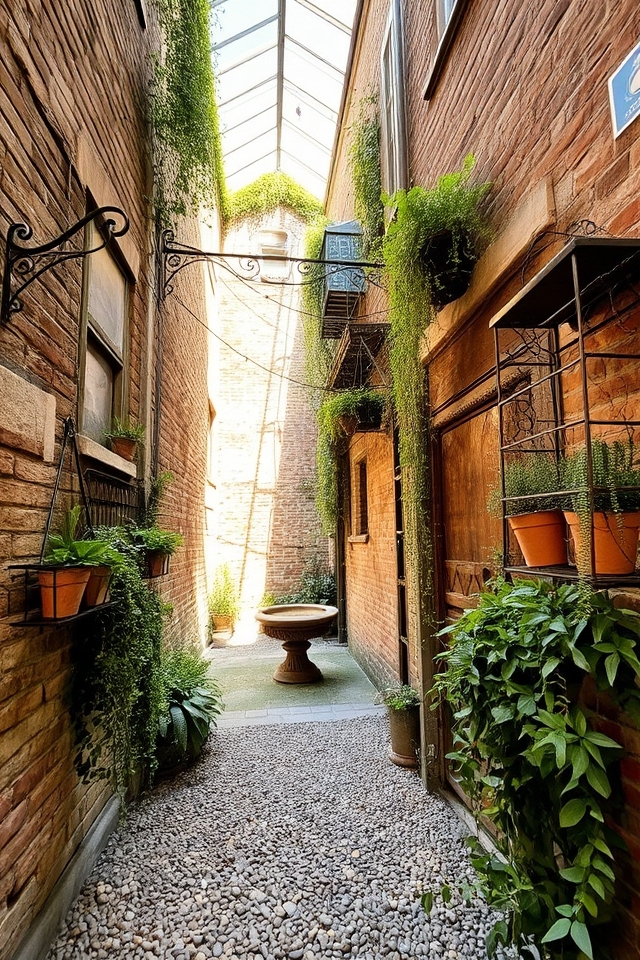
Transform narrow alleyways with vertical gardens, hanging planters, and wall-mounted shelves to maximize space. Select drought-tolerant plants and varieties that thrive in low light. Add subtle lighting and decorative touches to create a cozy, functional retreat. Use reflective surfaces to enhance brightness and create the illusion of more width.
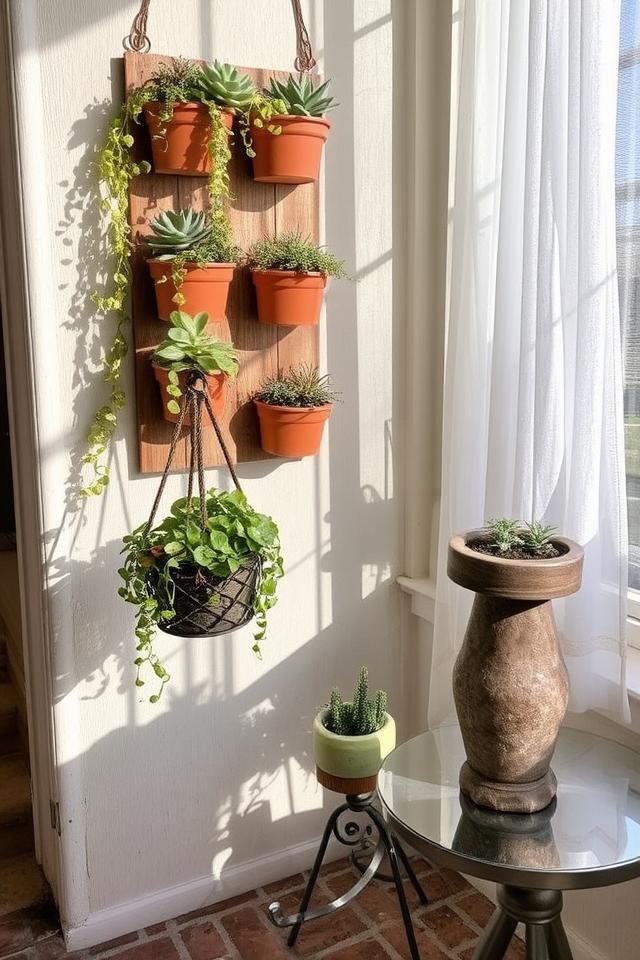
Maximize corner spaces with vertical planters, hanging baskets, or wall-mounted gardens. Use tiered planters to add depth and visual interest. Choose compact, trailing plants like ivy or succulents for added appeal. Incorporate seating or a small table to create a cozy nook. Reflective surfaces or lights enhance the sense of space. Prioritize low-maintenance, hardy species for practicality.
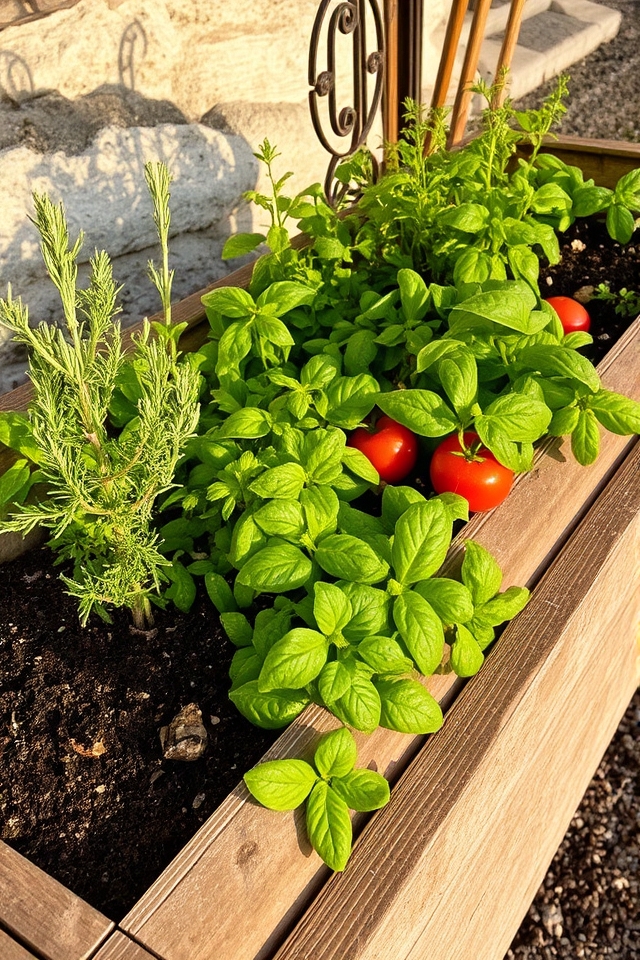
Elevated planting beds are raised structures filled with soil, perfect for small or difficult spaces. Made from wood, metal, or concrete, they maximize vertical growth, improve drainage, and reduce bending. Ideal for patios, balconies, or uneven ground, they allow efficient use of limited space while enhancing garden aesthetics and accessibility.

Integrate pathways into awkward spaces using permeable materials like gravel or stepping stones for drainage. Define routes with edging or low plantings to guide movement. Incorporate lighting along paths for visibility and ambiance. Use curves or irregular shapes to soften rigid areas. Pair with container gardens or vertical planters to maximize space and visual interest.
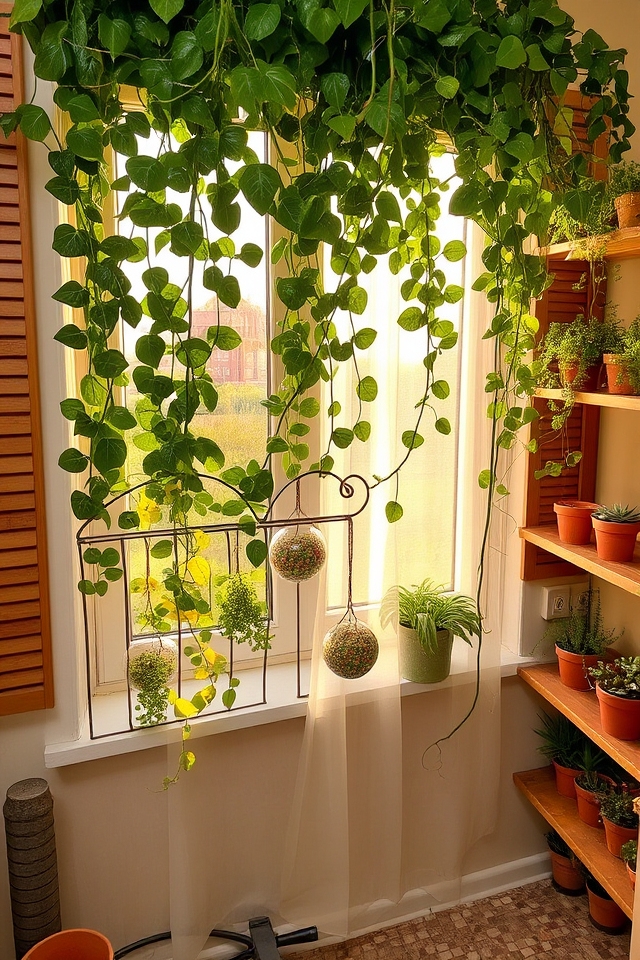
Utilize vertical space with hanging planters, wall-mounted shelves, and trellises for climbing plants. Install ceiling hooks for suspended gardens or potted plants. Opt for compact, upright vegetation to save ground area. This approach transforms limited spaces into lush, functional gardens while enhancing aesthetics and efficiency.
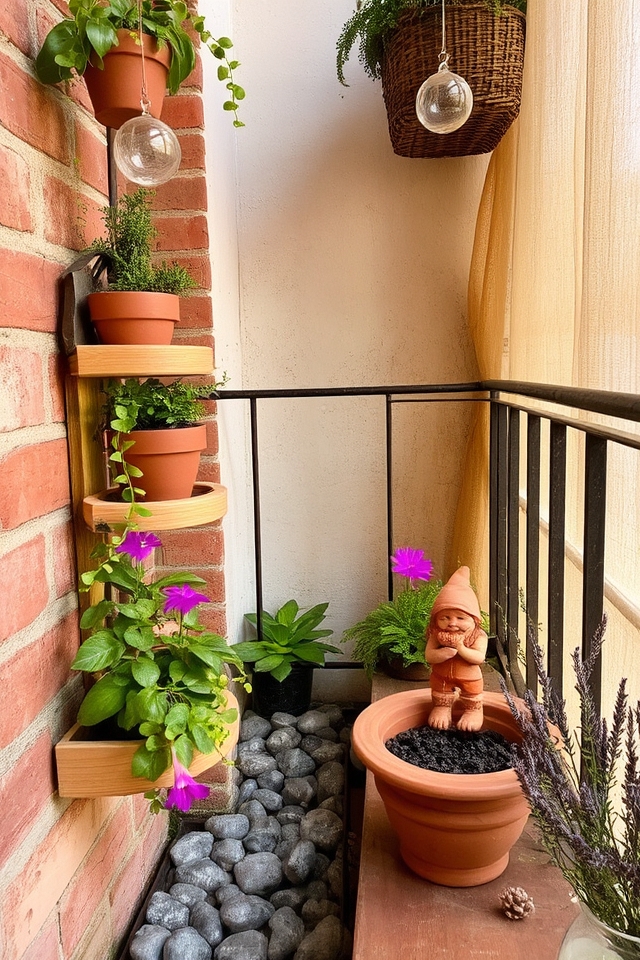
Miniature garden concepts transform cramped or irregular spaces into lush, functional areas. Use tiered planters, wall-mounted containers, or suspended planters to maximize vertical space. Incorporate low-maintenance plants like succulents, air plants, or dwarf shrubs. Add decorative elements such as tiny pathways, figurines, or water features for visual interest. Ideal for balconies, entryways, or narrow corners, these gardens blend practicality with creative design.
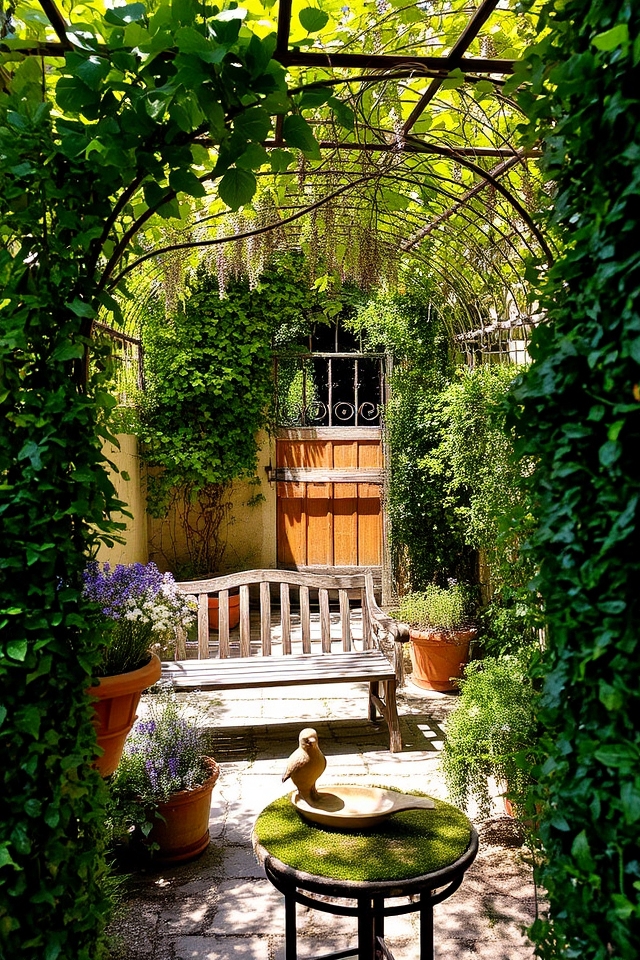
Hidden garden compartments use trellises, arches, or containers to create secluded nooks. They maximize vertical space, offering privacy and intimate seating areas. Integrating natural materials enhances blending with surroundings, transforming overlooked zones into charming, functional spaces. Adding sculptures or plants as focal points enhances visual interest.

Wall-mounted planters maximize vertical space, making them ideal for small or awkward areas. They add greenery without taking up floor space, suitable for balconies, kitchens, or narrow walls. Available in various materials like metal, plastic, or wood, they accommodate herbs, succulents, or flowering plants. Easy to install and maintain, they transform unused walls into lush, functional gardens. Perfect for urban or limited-space settings.
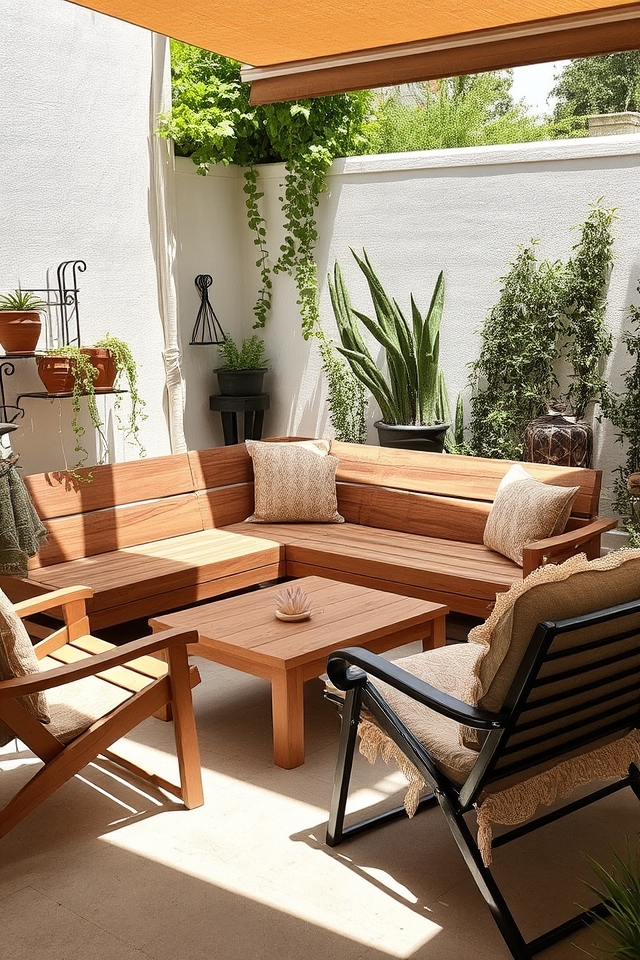
Adaptive garden furniture transforms cramped or irregular spaces through modular designs, foldable elements, and multi-functional pieces. Stackable chairs, convertible tables, and wall-mounted shelves optimize layout flexibility. Adjustable components cater to varying needs, while compact forms minimize clutter. Durable, weather-resistant materials guarantee longevity. These solutions maximize usability in tight areas, blending practicality with aesthetic appeal.
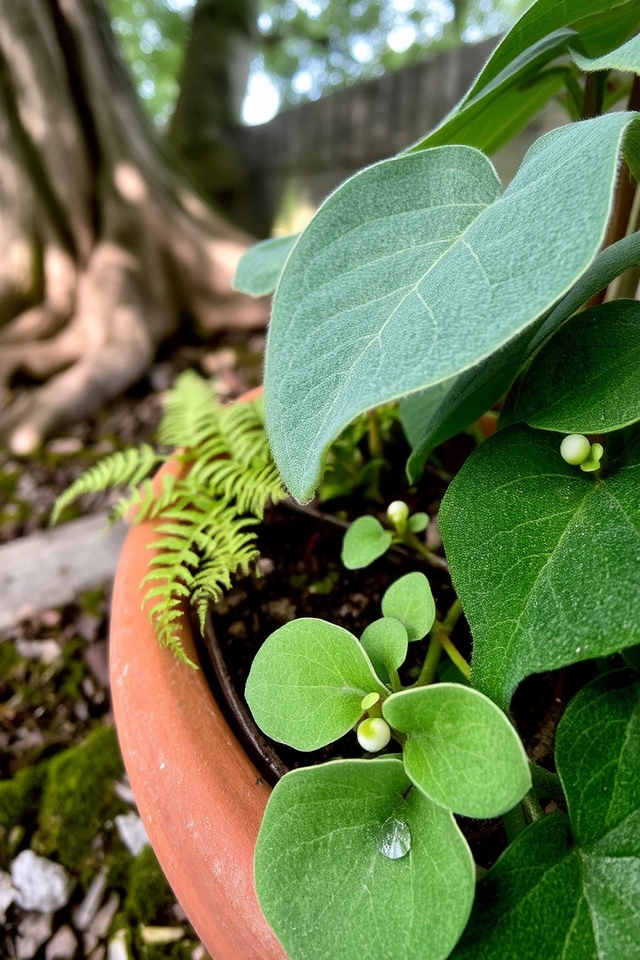
Shade-loving plants thrive in low-light areas, perfect for awkward spaces like under trees or along shady walls. Options include ferns, hostas, and begonias, which tolerate limited sun. Evergreen groundcovers like pachysandra add structure. Choose moisture-retentive soils and avoid drying out. These plants enhance aesthetics while adapting to challenging conditions. Prioritize varieties with variegated foliage for visual interest. Container gardening works well for confined spots.
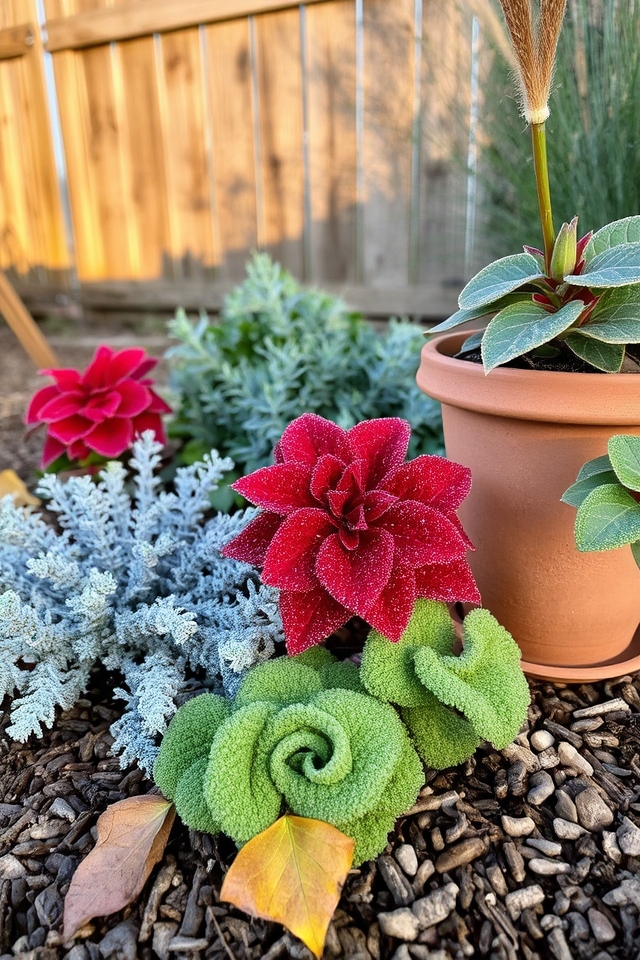
Seasonal garden refreshes revitalize awkward spaces by adapting layouts and plantings to changing weather. Swap out annuals for winter-hardy varieties, add seasonal decor, or use containers to shift focal points. Incorporate evergreens, ornamental grasses, or frost-resistant flowers to maintain visual interest. Rotate plantings to optimize light and space, ensuring year-round appeal. Simple changes like mulching, pruning, or introducing seasonal textures keep small or irregular areas dynamic and functional.
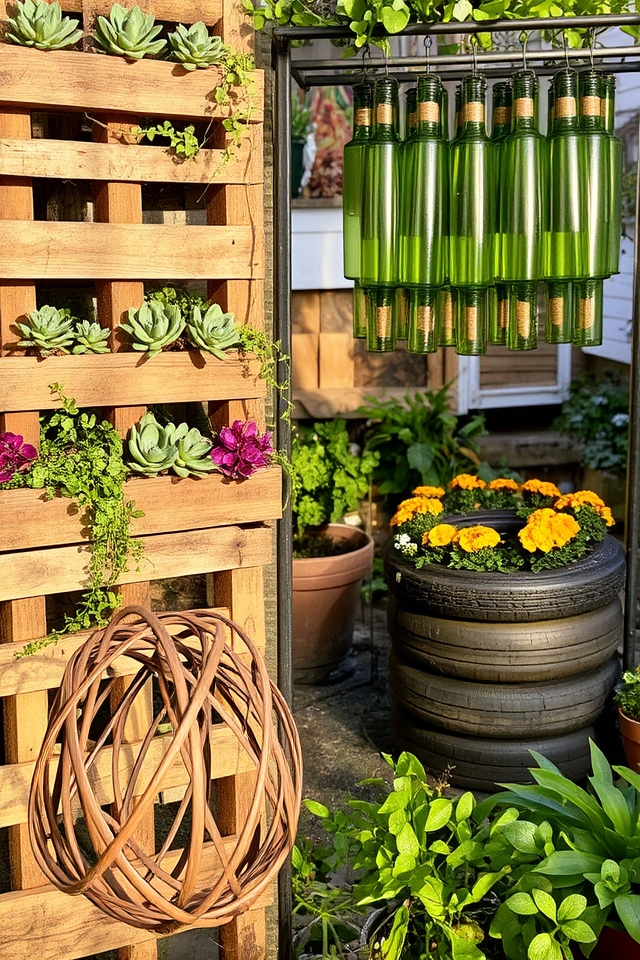
Recycled material landscaping transforms awkward spaces by repurposing items like pallets, tires, and bottles into functional, aesthetic elements. Create planters from wooden crates, use tires as raised beds, or craft vertical gardens with recycled containers. Incorporate metal scraps for artistic accents or pathway edging. This approach reduces waste, lowers costs, and adds unique character, turning overlooked areas into eco-friendly, visually engaging environments.

Compact water feature designs optimize small or irregular spaces with wall-mounted fountains, tiered bowls, or suspended units. Use vertical layouts, recessed installations, or modular components to save floor space. Materials like stainless steel, resin, or weathered stone guarantee durability. Incorporate LED lighting for ambiance. Small pumps and recirculating systems reduce maintenance. These features add tranquility without overwhelming cramped areas.
Picture a tiny apartment balcony transformed by a vertical trellis covered in ivy and herbs—space maximized, beauty enhanced. A once-awkward corner becomes a peaceful escape, blending practicality and charm. Smart solutions turn limitations into thriving green spaces, proving even small areas can flourish with purpose and beauty.

Don't let aphids, slugs, and caterpillars ruin another plant. Take back control with simple, natural methods that actually work.